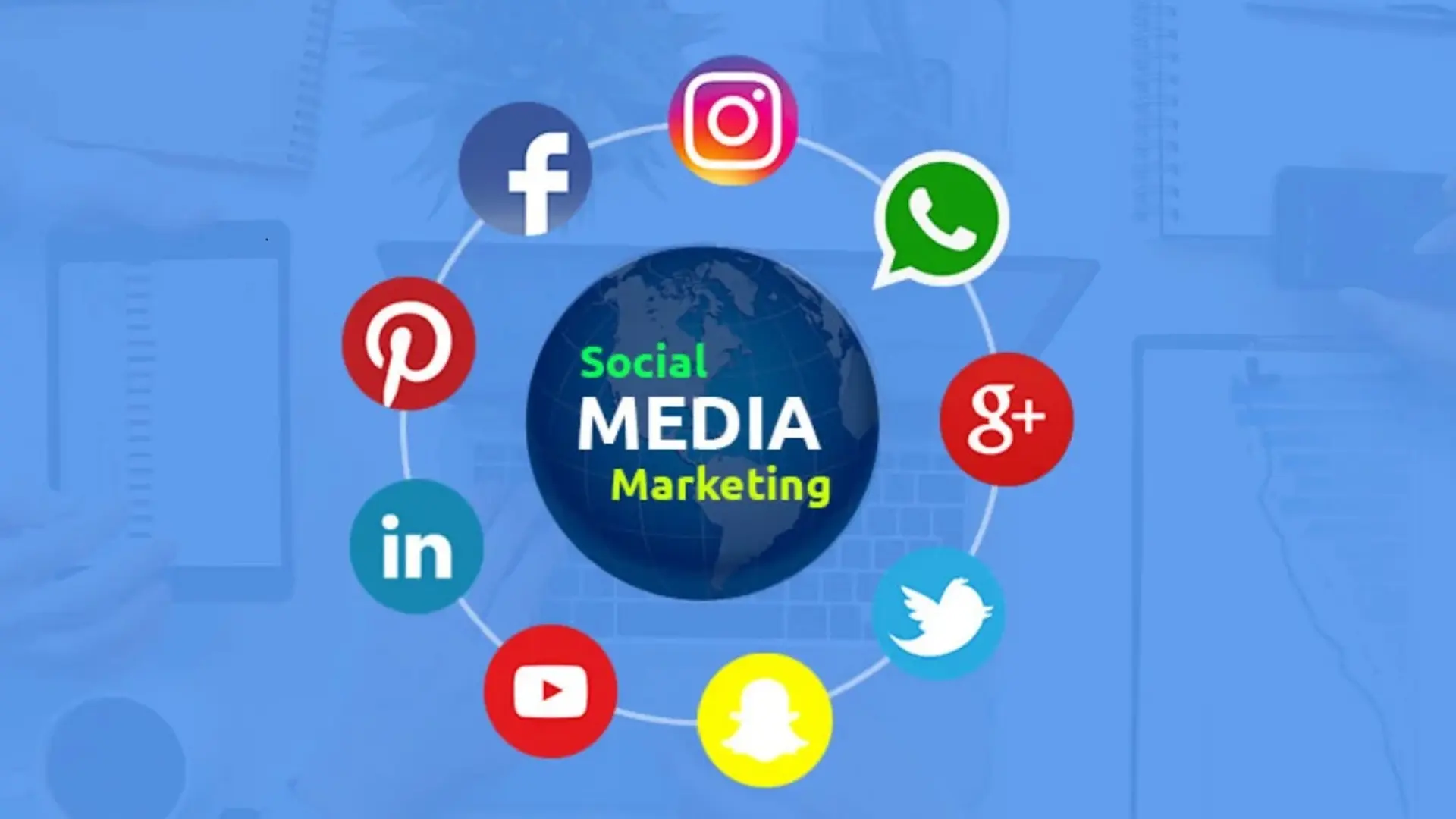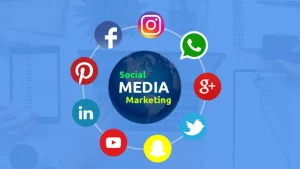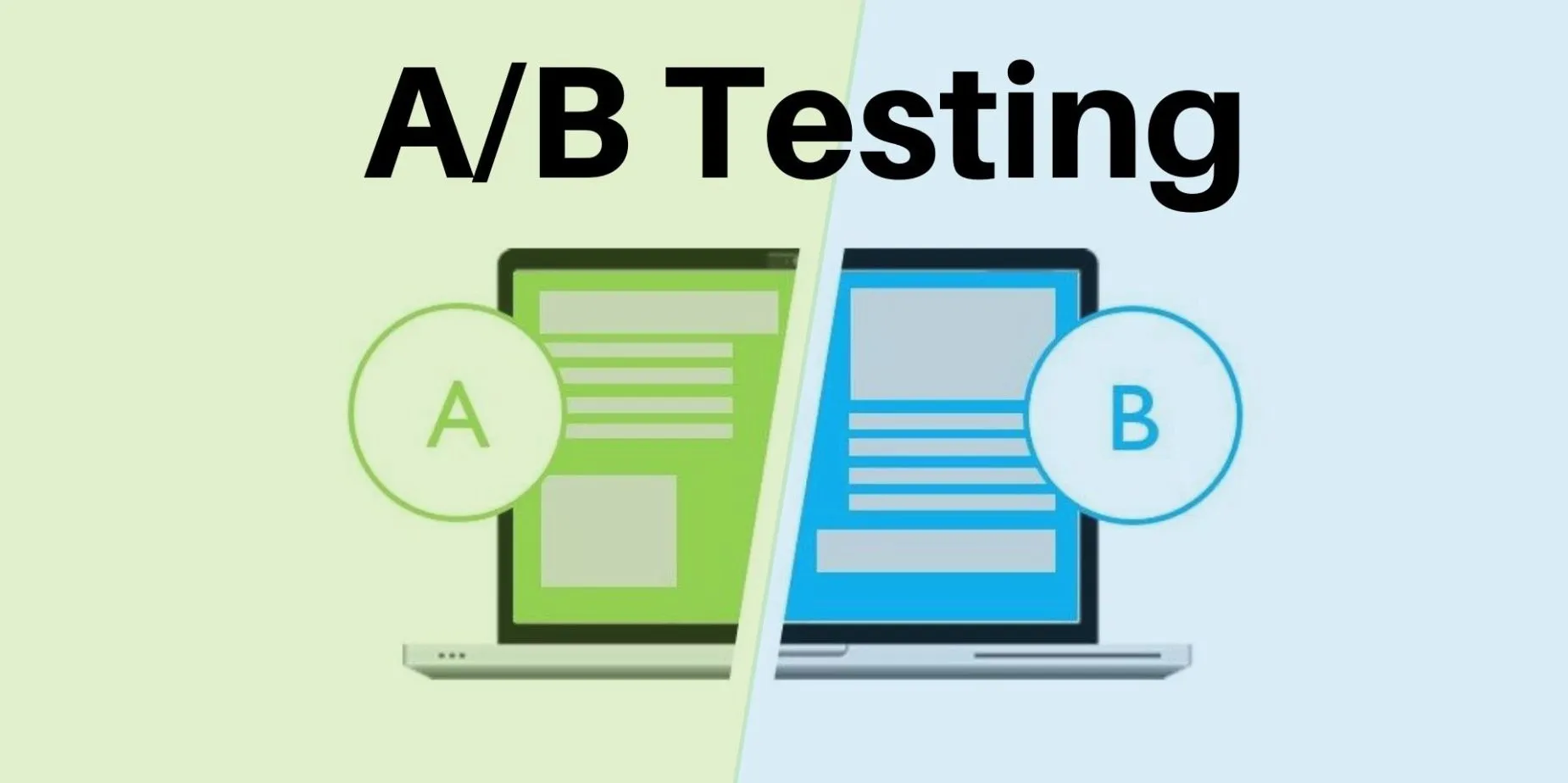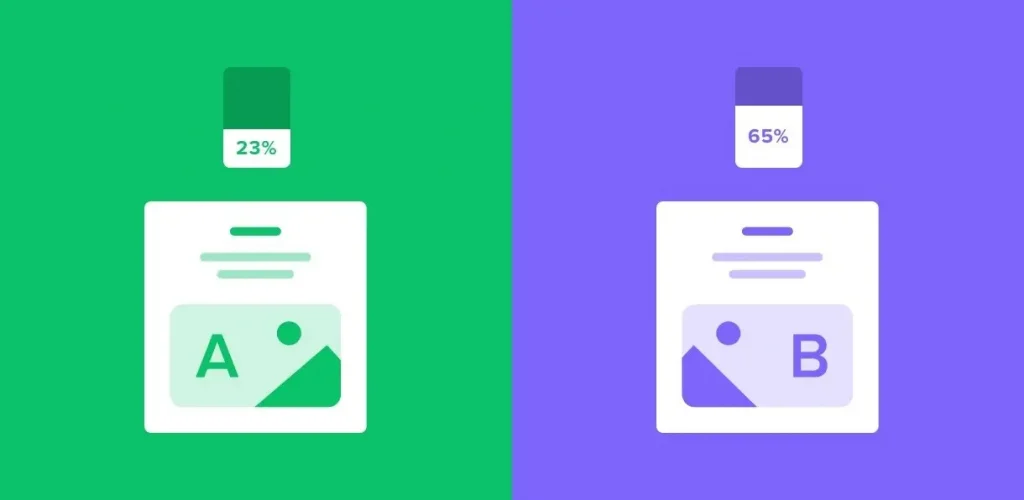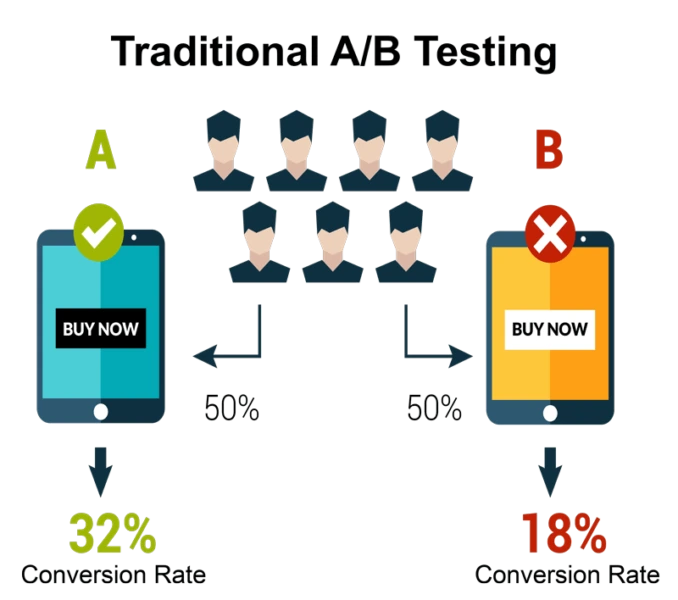The Power of User-Generated Content in Social Media Marketing
In digital marketing, user-generated content (UGC) has become a key element in creating authentic, engaging. Trustworthy campaigns on social media. UGC refers to content images, videos, reviews, testimonials, or social media posts made by consumers or users rather than the brand itself. Incorporating UGC into your marketing strategy can be a game-changer. Offering multiple benefits that help brands build stronger relationships with their audiences and drive long-term growth. Here’s a closer look at the power of user-created content in social media marketing.
1. Boosts Credibility and Trust
In an age where consumers are constantly bombarded with branded content and advertising, authenticity has become highly valued. Consumers have more faith in other people than in brands. Not surprisingly, studies reveal that 79% of people consider user-generated content a significant influencer in their purchasing decisions, viewing it as more authentic and reliable than traditional advertising. Consequently, when users share their genuine experiences with your products or services, it provides social proof, which can be a potent motivator for potential customers. Potential customers feel more confident knowing that others like them are satisfied with your brand. UGC creates a sense of community and builds trust between your brand and its audience.
2. Enhances Engagement
User-created content encourages engagement in a way that traditional brand-created content can’t. When customers post about your brand, they not only spread the word but also create an emotional connection. Moreover, customers feel valued and appreciative when their content is featured, which strengthens their loyalty and affinity towards your brand. Ultimately, this leads to a loyal customer base that drives long-term growth, retention, and advocacy for your brand. In turn, this loyalty and affinity can lead to long-term customer relationships, positive word-of-mouth, and ultimately, brand advocacy.
Therefore, this loyalty and affinity can lead to long-term customer relationships, positive word-of-mouth, and ultimately, increased brand advocacy. In turn, user-created content encourages interaction through likes, comments, and shares, fostering a sense of community and social engagement.
This engagement boosts visibility and helps brands connect with their audience, driving growth. Consequently, social media platforms favor content that generates engagement, resulting in improved organic reach for your user-generated posts.
3. Cost-Effective User Content Creation
Regularly producing high-quality content can be costly and time-consuming. User-generated content offers a cost-effective alternative. Encouraging customers to create content for you provides authentic and diverse material without heavy production costs. User-generated content (UGC) also offers fresh insights into how your products or services are used, inspiring your marketing strategies. Meanwhile, instead of spending resources on traditional photoshoots or ad campaigns, you can curate and repurpose the content your users create, providing an authentic and cost-effective way to showcase your brand.
4. Fosters a Sense of Community in User Created Content
When users share their experiences on social media, it fosters a community around your brand. Furthermore, UGC invites conversations and discussions that encourage consumers to connect not just with the brand but also with each other, creating a sense of belonging and loyalty. By highlighting user-generated content, brands can show appreciation for their community, making users feel heard and seen. Social media contests that promote user-generated content can boost belonging and user interaction.
5. Increases Reach and Exposure
User-generated content has the potential to expand your brand’s reach beyond your followers. When users post about your brand on social media, they expose it to new audiences who may not know about you. Consequently, this increased visibility can lead to a significant boost in brand awareness, attracting potential customers who may have otherwise remained unaware of your products or services. As a result, your brand can reach new heights of recognition, and credibility, and ultimately, drive business growth.
. The exposure of your brand can be greatly increased by using this type of natural word-of-mouth advertising. Sharing UGC on your social media can inspire others to create their content, creating a viral cycle that boosts your marketing efforts.
6. Boosts SEO and Website Traffic
Social signals are becoming more and more important to search engines as they rank web pages. User-generated content can boost your brand’s SEO by increasing social media engagement, generating reviews, and creating backlinks. Positive reviews and testimonials provide fresh content that helps improve your website’s search rankings. Furthermore, UGC can drive direct traffic to your website. Ultimately, this can lead to a significant increase in online sales and revenue, making UGC a valuable component of a comprehensive digital marketing strategy. In addition, when customers share their experiences or tag your brand on social media, it encourages their followers to explore your website. As a result, you can expect an increase in website visitors, which can lead to higher engagement, conversions, and ultimately, revenue growth
7. Strengthens Customer Loyalty
Using user-generated content in your campaigns can boost customer loyalty by making them feel involved in your brand’s journey. Celebrating their contributions fosters a sense of pride and connection to your community. As a result, these devoted consumers are more inclined to support the brand going forward and refer others to it.
8. Provides Valuable Insights
By monitoring the user-generated content surrounding your brand, you gain valuable insights into how your products are being used, what customers like, and areas where you can improve. Whether through reviews, photos, or videos, user-generated content provides feedback from the people who know your brand best: your customers. Consequently, this user-generated feedback can inform product development and marketing campaigns, shape customer service strategies, and ensure you stay in tune with your audience’s needs and desires.
How to Leverage User-Created Content:
Create Campaigns and Contests: Encourage your customers to share their experiences through hashtags, photo challenges, or contests. In addition to generating content, this approach also strengthens engagement, fosters a sense of community, and builds brand loyalty. Moreover, it enables brands to tap into the creativity and enthusiasm of their customers, creating a virtuous cycle of engagement and advocacy. Ultimately, this leads to a loyal customer base that drives long-term growth and revenue for the brand.
.
Showcase UGC Across Platforms: Feature user-generated content on your website, in your ads, and on your social media channels. Before reposting, always get permission and give the creators credit. This is not only a matter of courtesy but also a legal requirement, and it helps to build trust with your audience and avoid any potential copyright issues. By doing so, you can establish your brand as a responsible and respectful curator of user-generated content, which can lead to increased engagement and loyalty from your audience.
Build a Community: Engage with users who share content, reply to comments, and repost content. Make users feel like their contributions matter. By doing so, incorporate user-generated content (UGC) on your product pages to showcase how real customers use your products, boosting credibility and aiding potential buyers in making decisions.
Conclusion:
User-generated content is a powerful tool in social media marketing. It brings authenticity, boosts engagement, and fosters trust and community around your brand. Incorporating UGC into your marketing strategy enhances brand visibility and builds customer loyalty. Ultimately, this creates a more meaningful connection with your audience, empowering you to harness the collective power of your customers and drive your brand’s success.


